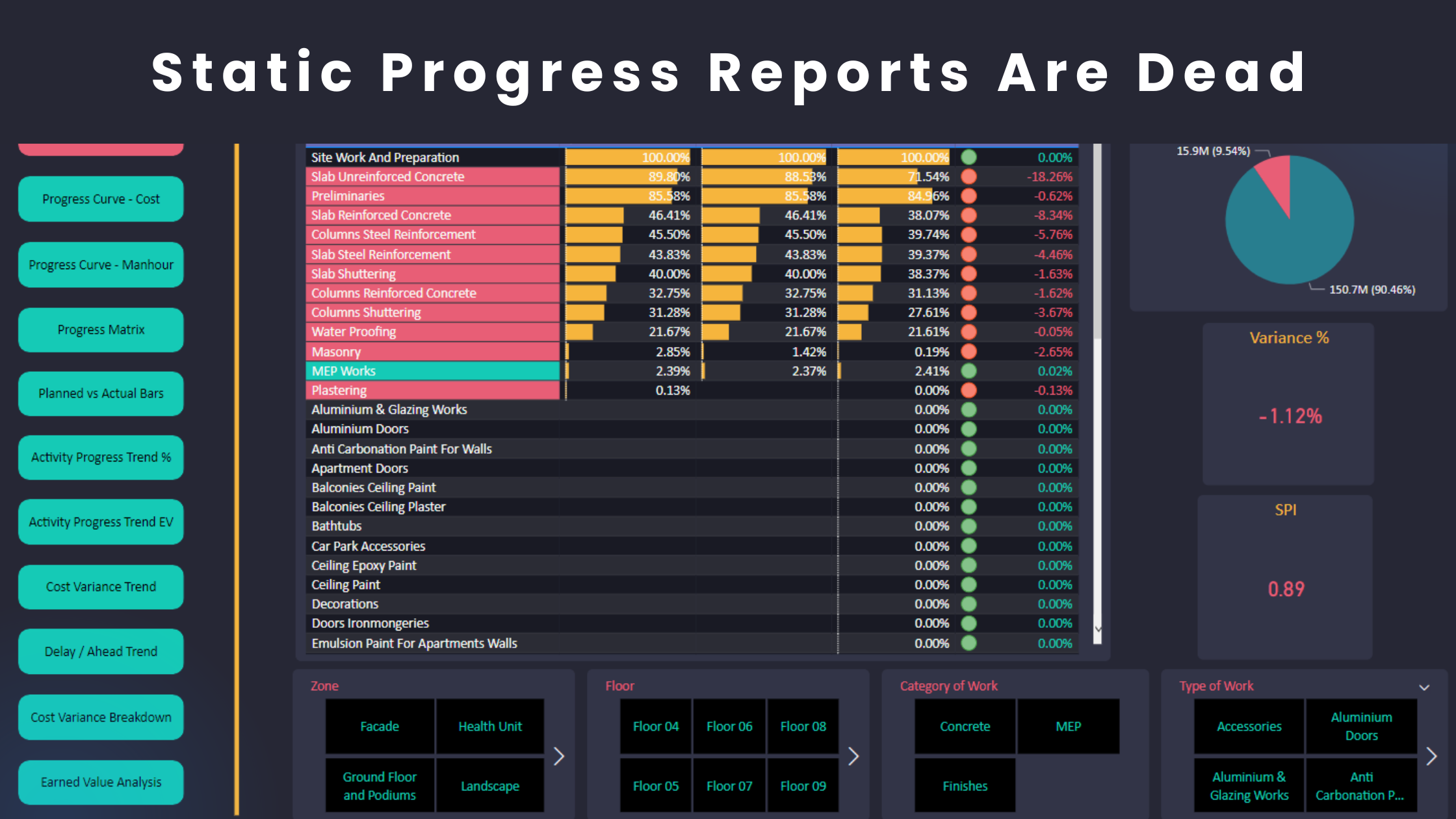Most modern contracts require the contractor to “mitigate” the delays even though such delays are beyond its reasonable control. Delay mitigation has been a controversial topic in construction claims. I find that most contracts effectively outline specific requirements, such as the dimensions and quantities of installed items, detailed reporting guidelines, and even the quality of concrete needed. However, the clauses related to delay mitigation tend to be vague, which can make expectations for addressing delays more subjective and open to interpretation. In this article, I will discuss the following:
- Ambiguity in acceptable mitigation
- Why can’t the delay mitigation requirements be clear?
- Defining “reasonable” mitigation efforts
- Delay mitigation proof
Ambiguity in Acceptable Mitigation
Subjectivity of Reasonableness
Most contracts use language like “reasonable efforts” or “best efforts” to define delay mitigation. These terms are inherently subjective and can vary depending on the context of the project, the nature of the delay, and the available resources. What constitutes “acceptable” delay mitigation is often left to interpretation and negotiation.
Project-Specific Factors:
The acceptable level of mitigation might depend on factors such as project complexity, available technology, site conditions, and cost implications. It may not be practical to define a specific percentage (e.g., 50%) or time frame (e.g., one month) because of the varying nature of projects and delays.
Why can’t the delay mitigation requirements be clear?
Flexibility for Different Situations:
Setting a rigid standard for delay mitigation might not account for the wide variety of delays that can occur in construction projects (e.g., weather conditions, supply chain issues, labor shortages). By keeping the clause flexible and somewhat ambiguous, both parties have room to negotiate or adapt giving both the client and contractor room to negotiate on a case-by-case basis.
Insufficient Outcome
If the contract specifies a fixed amount of delay mitigation, there will always be attempts to tailor the circumstances and the analysis toward a specific outcome. However, it should be the other way around. You need to model the delay event first and then evaluate the corresponding impact.
Legal Leverage
In disputes, ambiguous terms like “reasonable efforts” provide a degree of legal leverage to both parties. It allows them to argue their case based on evidence, expert testimony, or industry standards, rather than being bound to a fixed, potentially inappropriate mitigation percentage.
Hidden Facts
There are two hidden facts around this area that nobody often talks about. First, a Contract Professional, not a Project Control Specialist, drafts the Contract. As delay analysis is an advanced topic even for planning engineers, the contract specialist attempts to avoid discussing excessive requirements around this topic in the contract and leave it there. Second, if the Client states unfair contractual requirements such as forcing the Contractor to mitigate 80% of the excusable delays, this implies that the contract wasn’t written in good faith. The word will spread, damaging the client’s reputation, and as a result, many contractors may choose to avoid entering into business agreements with them.
Defining “Reasonable” Mitigation Efforts
The effort should be proportional to the circumstances. Courts or arbitrators might assess factors like:
Cost of mitigation
Is the cost of mitigation proportional to the benefit it offers? Moreover, contractors are not expected to incur excessive costs in their mitigation efforts unless an acceleration is clearly requested by the Client.
Feasibility
Can the delay realistically be mitigated, or are there constraints like resource availability or site conditions? It is almost impossible to recover 6 months of delay in one week because of either resource availability or space constraints.
Impact on other project aspects
Would mitigation efforts cause disruptions in other areas of the project? For example, accelerating one part of the work might lead to logistical or quality control issues elsewhere.
Delay mitigation proof
A contractor can demonstrate its effort to mitigate schedule delays beyond its reasonable control by taking the following proactive measures:
The claim narrative
Have a separate section in your narrative report that explains your mitigation measures and the associated positive impact in detail.
Documenting Delays Thoroughly
Keep detailed records of the cause of delays, including evidence that the delays were beyond the contractor’s control (e.g., acts of God, force majeure events, or owner-related changes). This documentation should include timelines and communication with stakeholders (e.g. letters, MOM, photos that have date and time stamps).
Providing Timely Notice
Notify the client or relevant stakeholders as soon as the delay is identified and demonstrate that in the event chronology. Most contracts require prompt communication regarding potential delays, so adhering to this can help show the contractor’s commitment to resolving the issue.
Implementing Recovery Plans
In my opinion, the contractor should not submit a recovery plan if the excusable delays are significant. Although the Contractor is doing its best to minimize the delay, submitting a recovery plan demonstrates the feasibility or possibility of completing the project on time. This can be used against the Contractor when the claim outcomes are negotiated.
Engaging Stakeholders
Hold regular meetings with the project team, owner, and subcontractors to keep everyone informed and collaborate on ways to recover from delays. Demonstrate this effort in the MOM.
“A contractor that makes a minimal effort to mitigate the excusable delay may be penalized, while a contractor that takes proactive steps—even if not fully successful — will often be viewed more favorably.” – Osama Saad
Conclusion
While most modern contracts do a good job of clearly outlining technical and material requirements, the clauses surrounding delay mitigation remain vague and open to interpretation. This ambiguity often leads to disputes between contractors and clients. By ensuring that delay mitigation efforts are reasonable, documented, and proportional to the circumstances, contractors can protect themselves from legal or financial penalties.










